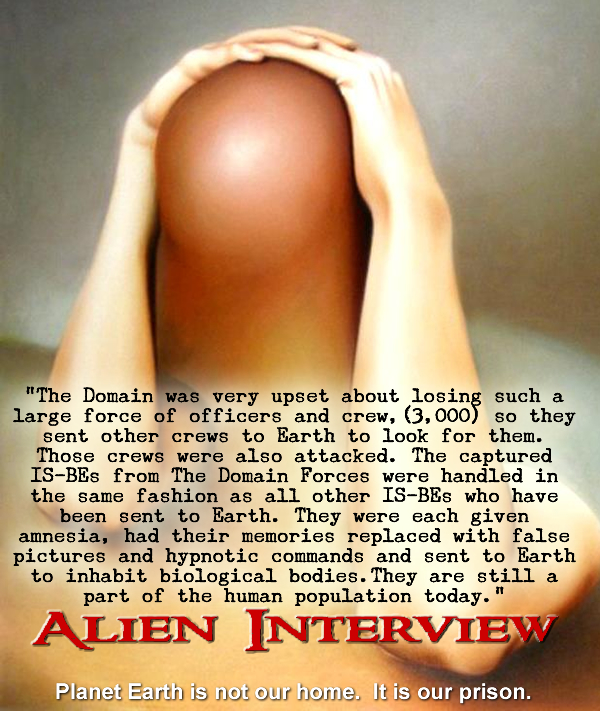“…The Domain Expeditionary Force first entered into the Milky Way galaxy very recently — only about 10,000 years ago. Their first action was to conquer the home planets of the “Old Empire” (this is not the official name, but a nick-name given to the conquered civilization by The Domain Forces) that served as the seat of central government for this galaxy, and other adjoining regions of space. These planets are located in the star systems in the tail of the Big Dipper constellation. She did not mention which stars, exactly.
About 1,500 years later The Domain began the installation bases for their own forces along the path of invasion which leads toward the center of this galaxy and beyond. About 8,200 years ago The Domain forces set up a base on Earth in the Himalaya Mountains near the border of modern Pakistan and Afghanistan. This was a base for a battalion of The Domain Expeditionary Force, which included about 3,000 members.
They set up a base under or inside the top of a mountain. The mountain top was drilled into and made hollow to create an area large enough to house the ships and personnel of that force. An electronic illusion of the mountain top was then created to hide the base by projecting a false image from inside the mountain against a “force screen”. The ships could then enter and exit through the force screen, yet remain unseen by homo sapiens.
Shortly after they settled there the base was surprised by an attack from a remnant of the military forces of the “Old Empire”. Unbeknownst to The Domain, a hidden, underground base on Mars, operated by the “Old Empire”, had existed for a very long time. The Domain base was wiped out by a military attack from the Mars base and the IS-BEs of The Domain Expeditionary Force were captured.
You can imagine that The Domain was very upset about losing such a large force of officers and crew, so they sent other crews to Earth to look for them. Those crews were also attacked. (EMPHASIS ADDED BY THE EDITOR) The captured IS-BEs from The Domain Forces were handled in the same fashion as all other IS-BEs who have been sent to Earth. They were each given amnesia, had their memories replaced with false pictures and hypnotic commands and sent to Earth to inhabit biological bodies. They are still a part of the human population today.” (EMPHASIS ADDED BY THE EDITOR)
______________________
“The Domain has, as yet, been unable to rescue the 3,000 IS-BEs of the Expeditionary Force Battalion either. They are forced to inhabit biological bodies on Earth. We have been able to recognize and track most of them for the past 8,000 years. However, our attempts to communicate with them are usually futile, as they are unable to remember their true identity.
The majority of lost members of The Domain force have followed the general progression of Western civilization from India, into the Middle East, then to Chaldea, and Babylon, into Egypt, through Achaia, Greece, Rome, into Europe, to the Western Hemisphere, and then all around the world.
The members of the lost Battalion and many other IS-BEs on Earth, could be valuable citizens of The Domain, not including those who are vicious criminals or perverts. Unfortunately, there has been no workable method conceived to emancipate the IS-BEs from Earth.
Therefore, as a matter of common logic, as well as the official policy of The Domain, it is safer and more sensible to avoid contact with the IS-BE population of Earth until such time as the proper resources can be allocated to locate and destroy the “Old Empire” force screen and amnesia machinery and develop a therapy to restore the memory of an IS-BE.”
— Excerpts from the Top Secret transcripts published in the book ALIEN INTERVIEW
Originally posted 2012-11-12 00:10:34. Republished by Blog Post Promoter




